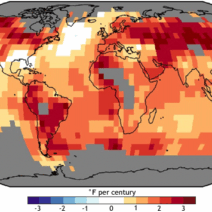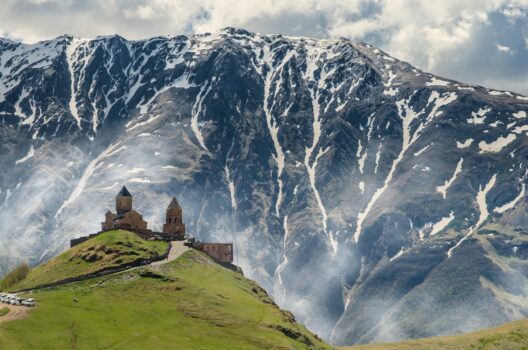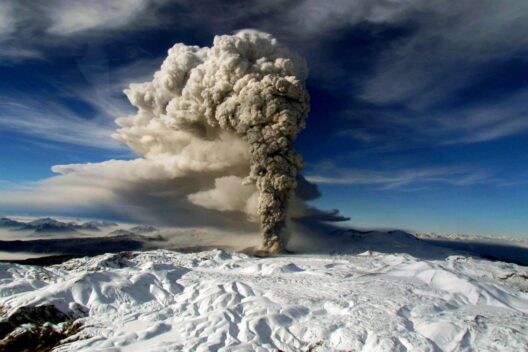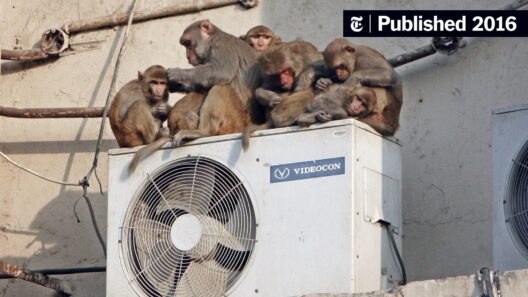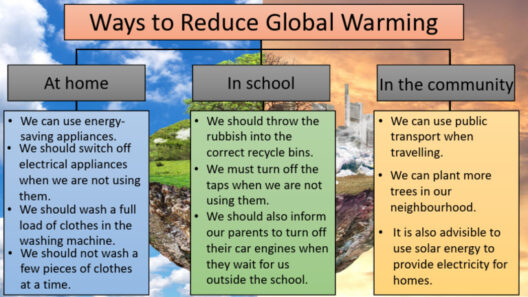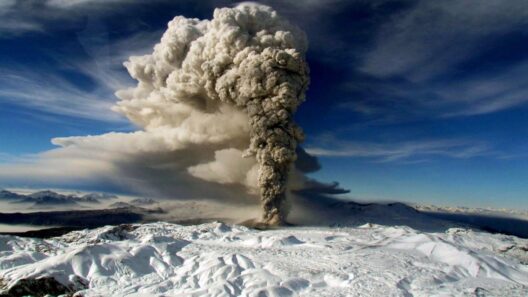Rural America has long been viewed as the backbone of the United States, a region imbued with agricultural vigor and natural beauty. However, beneath this bucolic façade lies a growing economic crisis—one exacerbated by the inexorable march of global warming. While many focus on urban areas grappling with pollution and climate-induced disasters, the heartland is undergoing transformations that threaten its economic viability and long-term sustainability. This piece embarks on an exploration of how climate change is reshaping the economic landscape of Rural America, revealing a multifaceted narrative that underscores a pressing need for awareness and action.
To understand the economic impact of global warming on Rural America, one must first consider the realities of agriculture. The agricultural sector serves as the economic linchpin for many rural communities, providing jobs and sustaining local economies. However, rising temperatures, erratic precipitation patterns, and extreme weather events are undermining crop yields and livestock productivity. Farmers have witnessed firsthand the ramifications of these climatic shifts. Droughts can lead to water shortages, while floods can inundate fields, rendering them unusable. As such, it becomes evident that climate change poses not only an environmental threat but also a direct assault on financial stability in the heartland.
The juxtaposition of traditional farming practices with the increasing uncertainty of climate patterns raises intriguing questions about agricultural adaptability. While some farmers have begun exploring innovative techniques—such as crop diversification and conservation agriculture—many remain tethered to methods passed down through generations. This reluctance to adopt new practices can be attributed to a confluence of cultural attachment and economic constraints. Transitioning to sustainable practices often requires upfront investments, a luxury many rural farmers cannot afford amid rising costs and declining profits due to climate volatility.
Furthermore, the economic ramifications extend beyond mere crop failure. As agricultural viability deteriorates, so too does the ancillary economy surrounding farming communities. Local businesses that rely on agricultural inputs—like feed stores and equipment suppliers—face dwindling demand as farmers struggle to maintain operations. This downward spiral erodes the economic fabric of rural towns, threatening to precipitate population declines as individuals seek opportunities elsewhere. The intertwining fates of agriculture and small businesses form a complex web, highlighting the holistic nature of this crisis.
Climate change also exacerbates the challenges faced by rural residents in terms of infrastructure. With many rural areas already lacking essential services and robust transportation networks, the increasing frequency of severe weather events poses significant risks. Flooding can wash away roads, while heavy snowfall can isolate communities altogether. These infrastructural vulnerabilities are not merely inconveniences; they hinder access to markets, health care, and educational opportunities, thus perpetuating a cycle of economic stagnation.
Moreover, the health implications of global warming cannot be overstated. Higher temperatures contribute to the proliferation of pests and diseases that affect both crops and livestock. Additionally, air quality declines due to increased humidity and heat, compounding respiratory issues for rural populations already facing limited access to healthcare. In rural America, where medical facilities are sparse, the confluence of these health crises leads to increased medical expenses and lost productivity. The financial implications of addressing health problems further strain already beleaguered rural economies.
The fragility of Rural America in the face of climate change also raises questions about energy production and consumption. Many rural regions are dependent on fossil fuels, not only for economic sustenance but also for heating and electricity needs. However, the transition to renewable energy sources offers an avenue for economic revitalization. Wind and solar power projects have the potential to create jobs and stimulate local economies, yet the transition is fraught with challenges, including investment constraints and regulatory hurdles that disproportionately affect rural communities.
Despite these formidable barriers, community resistance and resilience have yielded sparks of innovation across Rural America. Local initiatives aimed at sustainable farming, conservation efforts, and renewable energy adaptation have begun to take root. Grassroots organizations are mobilizing efforts to educate farmers about climate change and facilitate access to resources that promote sustainable practices. These collective endeavors reflect a burgeoning recognition of the urgent necessity for collaboration among rural communities to combat the challenges posed by climate change.
Furthermore, the narrative of Rural America should not solely pivot on disaster and decline. There exists a profound opportunity for reimagining economic frameworks, where community-driven solutions rise in the face of adversity. By fostering partnerships between rural businesses, agricultural enterprises, and scientific communities, solutions can be developed that not only mitigate climate impacts but also reinforce economic resilience and sustainability.
In summation, the economic climate of Rural America is intricately linked to the unfolding crisis of global warming. The challenges—ranging from agricultural instability and infrastructural decay to health crises and energy dependency—paint a stark picture of vulnerability. However, amidst this narrative of fragility, there are glimmers of hope. Rural communities are beginning to forge pathways toward sustainable practices, recognizing the need for adaptation and innovation. The path forward demands a collective commitment to resilience, underscoring that, just as Rural America has endured hardships, it possesses the tenacity to cultivate a sustainable economic future in the face of climate change.
